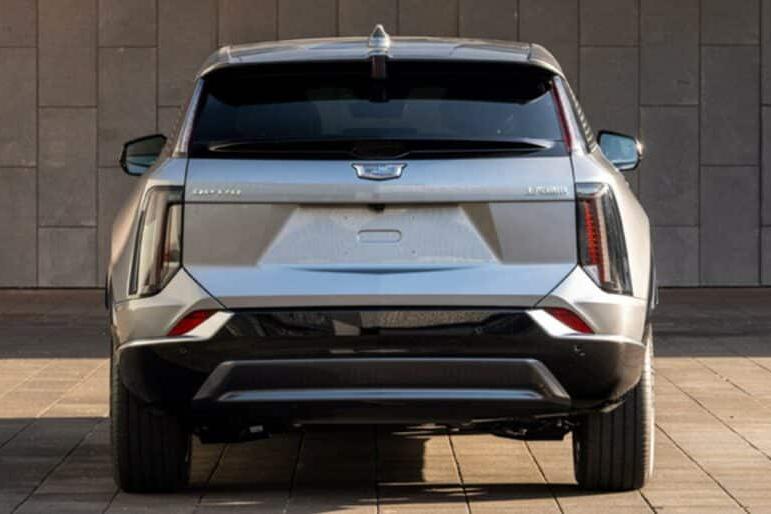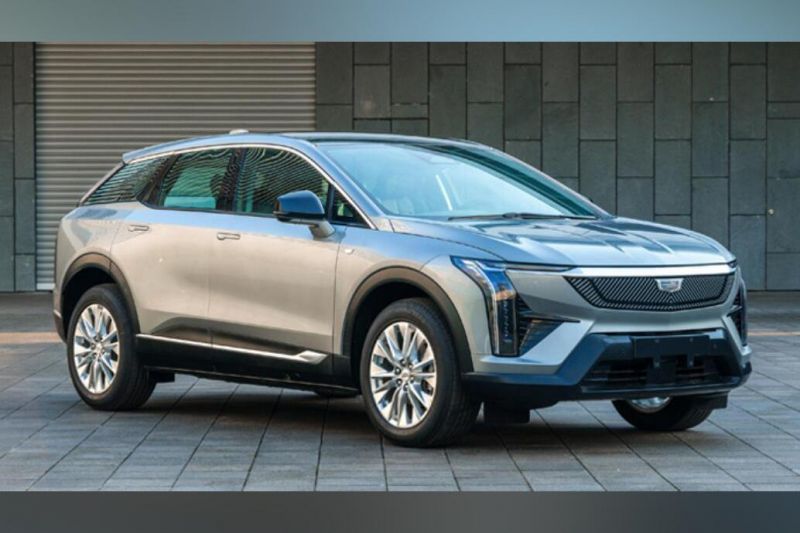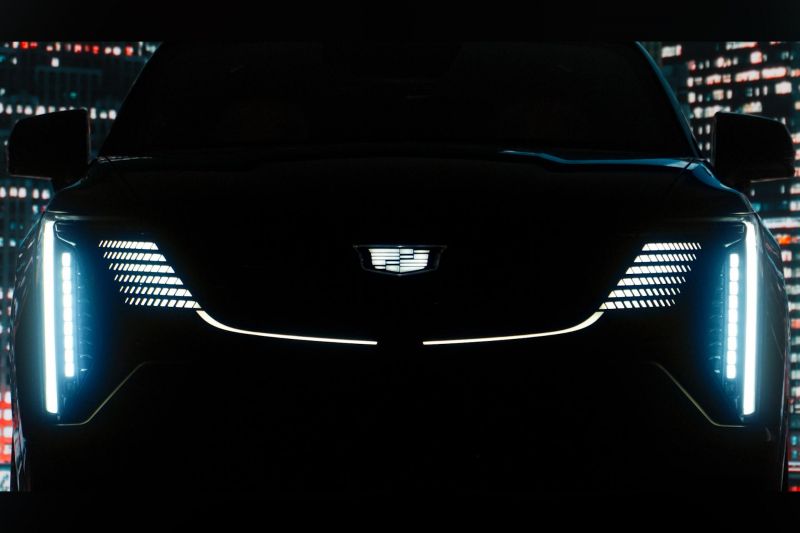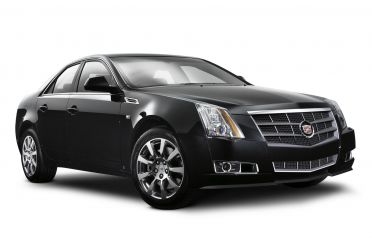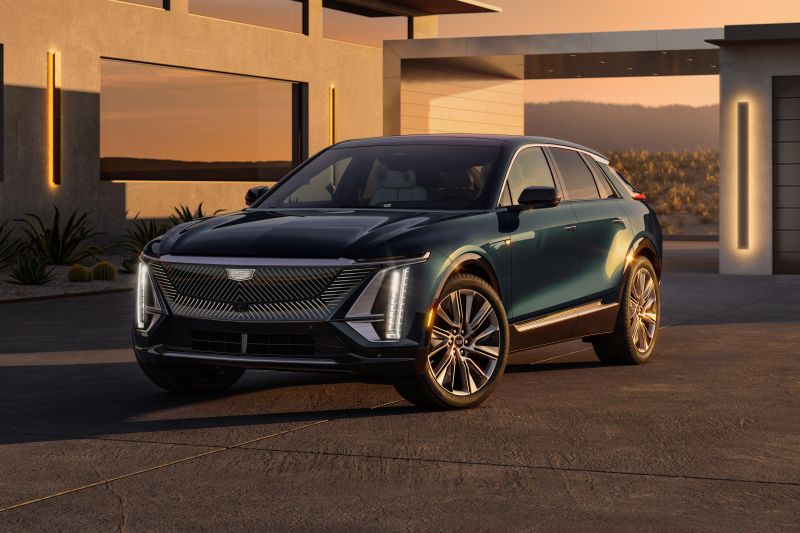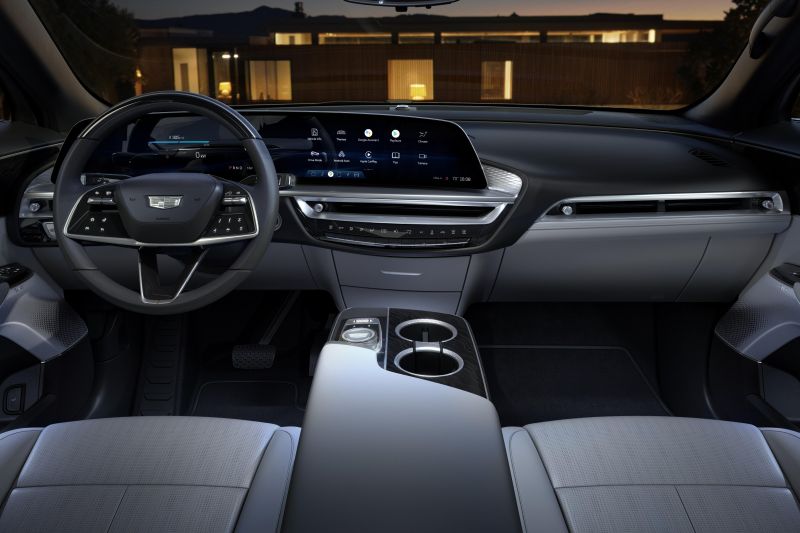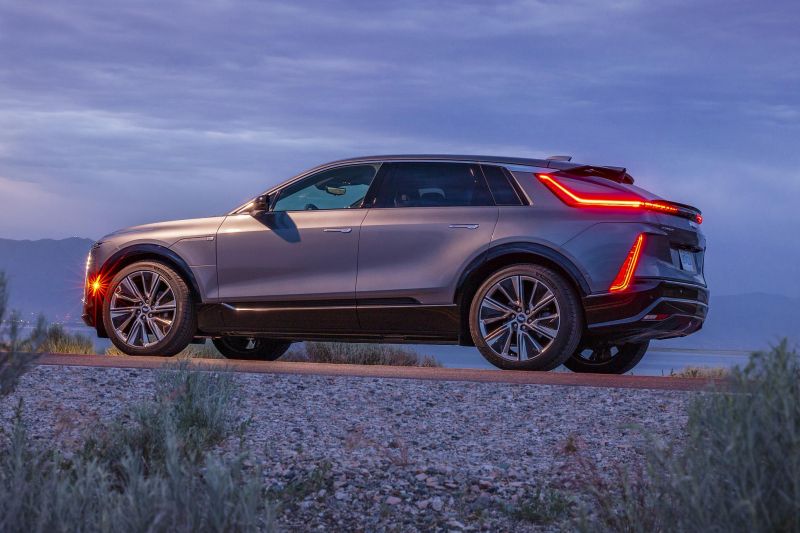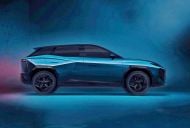More local trademark filings are pointing towards the introduction of the Cadillac brand in Australia.
First a trademark filing appeared on IP Australia for the Cadillac Lyriq last year, which has also been spied in right-hand drive. Now, two more trademark filings have appeared: one for the smaller Optiq, the other for the larger Escalade IQ.
The Optiq was revealed in China only days ago courtesy of a Chinese Ministry of Industry and Information Technology filing, while the Escalade IQ will be revealed on August 9.
Cadillac has previously confirmed it would reveal three new electric vehicles this year, which will enter production in 2024.
GM Specialty Vehicles has yet to confirm the introduction of any Cadillac models to Australia to join the Chevrolet Silverado and Corvette.
Senior members of the General Motors team in Australia told CarExpert earlier this year there’s “a lot of exciting stuff coming this year”.
When it comes to Cadillac, a spokesperson for General Motors simply said “stay tuned”.
According to the Chinese government filing, the Optiq will come with a single electric motor with either 150kW of power or 180kW of power.
It measures 4822mm long, 1912mm wide and 1642mm tall on a 2954mm wheelbase.
For reference, a Tesla Model Y is 4750mm long, 1978mm wide and 1624mm tall on a 2890mm wheelbase, while Cadillac’s own Lyriq is 4996mm long, 1976mm wide and 1623mm tall on a 3094mm wheelbase.
While there’s a clear familial resemblance with the Lyriq, with a similar if smaller grille area and angular details, the Optiq is easily distinguishable from its larger sibling. The tail lights, for example, have a markedly different design.
It appears likely the Optiq will use the BEV3 dedicated electric vehicle architecture underpinning the Lyriq and upcoming Chevrolet Blazer EV and Equinox EV, among others.
This architecture supports single-motor front- and rear-wheel drive layouts, as well as dual-motor all-wheel drive.
The Escalade IQ, in contrast, could use the BT1 dedicated EV body-on-frame architecture underpinning the likes of the GMC Hummer EV, Chevrolet Silverado EV and GMC Sierra EV.
Companies do trademark names to protect them from being used by rival firms, so the presence of a trademark on the IP Australia database doesn’t necessarily confirm a vehicle is coming.
“It is common practice for GM to secure key trademarks globally. GM has several brands registered, to protect them from unapproved usage,” a GMSV spokesperson told CarExpert in December.
A local trademark filing has also appeared recently for the GMC Yukon, a full-sized, body-on-frame, combustion-powered SUV and, as with the Cadillac Lyriq, GMSV has kept its powder dry.
However, there are no other trademark filings for current Cadillac products, including combustion-powered vehicles like the regular Escalade. Also missing from the local database is the ultra-luxury Celestiq EV, which will be produced only in left-hand drive.
Cadillac last officially sold vehicles in Australia in 1969, but 40 years later it came extremely close to returning to the local market with the second-generation CTS.
It officially announced the luxury sedan’s launch in 2007 and obtained local certification for its sale, with multiple dealers signing up to carry the brand which would have been sold alongside Hummer and Saab models.
GM even imported several dozen CTS sedans, only for them to be diverted as the company cancelled plans to sell the brand in January 2009 just weeks before they were due to go on sale.
Since then, Cadillac hasn’t produced any other right-hand drive vehicles and further reduced its presence outside of markets like North America, China and the Middle East. For example, it sells just one vehicle in Europe, the small XT4 crossover.
But GM has now confirmed it intends to become a “substantial player” in the European market once again, following its sale of the Opel and Vauxhall brands in 2017.
Former GM Europe boss Mahmoud Samara said last July “we feel very confident we will be a substantial player” albeit without quoting any proposed targets or models. He has subsequently been replaced by Jaclyn McQuaid.
The change at the top doesn’t appear to have altered GM’s plans for Europe, with the company noting at Ms McQuaid’s appointment GM Europe will become “a nimble, non-traditional mobility start up, with an all electric vehicle portfolio at its core”.
“Chevrolet is a global brand, Cadillac is a global brand, Hummer is a global brand, so we have global brands that are fit for purpose,” said Mr Samara in July.
“What’s so beautiful about transitioning to EVs is the flexibility that we can deliver with those platforms. It will be fit for purpose in Europe.”
That doesn’t necessarily confirm sales of right-hand drive GM vehicles will resume, as GM has sold left-hand drive American imports in the UK before.
Mr Samara notes GM Europe will act like a rapid start-up, now that there’s no Opel/Vauxhall operation to serve as an anchor.
That suggests it could operate a largely online retail model, as with Tesla, Polestar and Genesis.
Any global expansion of the Cadillac brand is sure to include the Lyriq.
The electric SUV, the luxury brand’s first, is available with a choice of single-motor rear-wheel drive and dual-motor all-wheel drive powertrains, both mated with a 102kWh lithium-ion battery.
In North America, the US-built rear-wheel drive model produces 255kW of power and 440Nm of torque, and its all-wheel drive counterpart produces 373kW and 610Nm.
Specifications are slightly different in the Chinese market, where the Lyriq is also manufactured.
The rear-wheel drive model has 502km of range under the stricter US EPA test cycle.
The luxury SUV supports DC fast charging up to 190kW, which can add about 122km of range in just 10 minutes. Cadillac will also offer buyers a 19.2kW home charger that can add 84km of range per hour.





